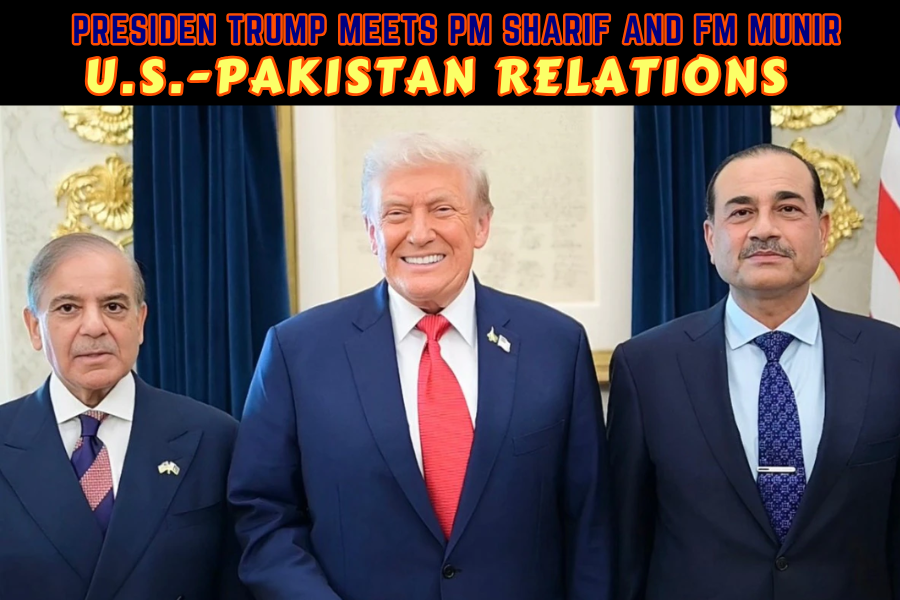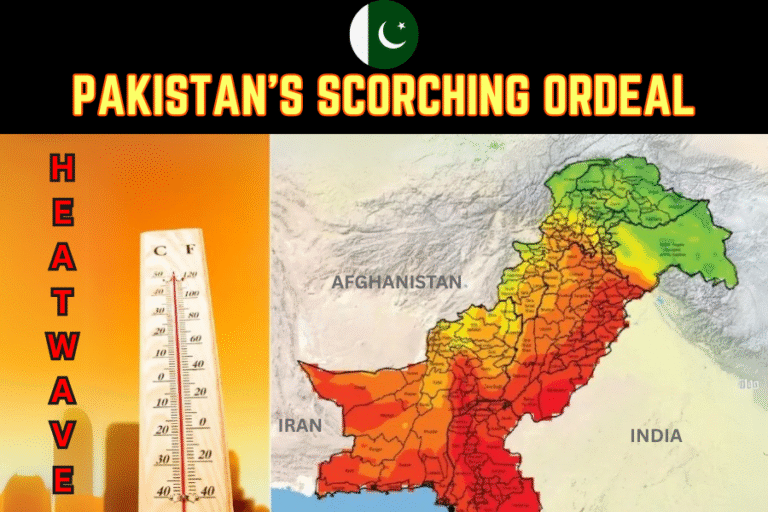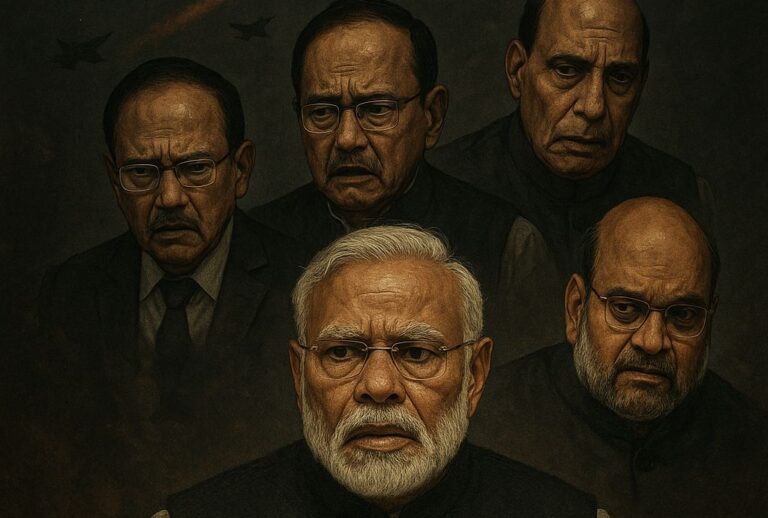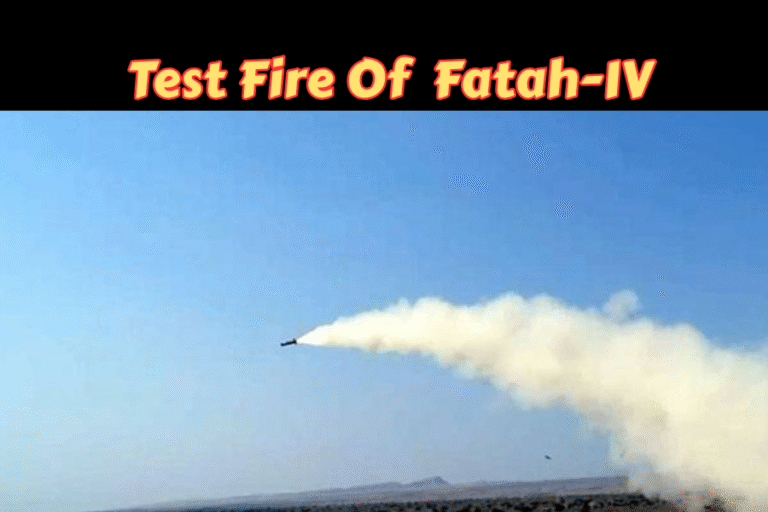(By Khalid Masood)
Introduction
“Gentlemen, they may even be in this room right now!” quipped President Donald Trump to reporters on September 25, 2025, acknowledging his slight delay before meeting Pakistan’s Prime Minister Shehbaz Sharif and Chief of Army Staff Field Marshal Syed Asim Munir in the Oval Office. This light-hearted moment belied the gravity of a 90-minute discussion that marked a pivotal moment in U.S.-Pakistan relations. Amid shifting South Asian geopolitics, economic opportunities, and global security challenges, the meeting signaled a warming of ties, with Trump praising Sharif and Munir as “great leaders” driving regional stability. This article explores the context, discussions, outcomes, and broader implications of this high-stakes diplomatic engagement, reflecting a strategic pivot in U.S. foreign policy under Trump’s “America First” doctrine.
Background and Context
U.S.-Pakistan relations have experienced a rollercoaster trajectory, from Cold War alliances to strains post-9/11, particularly after the 2011 Osama bin Laden raid. Recent years saw divergence as the U.S. prioritized India through frameworks like the QUAD, leaving Pakistan to deepen ties with China via the Belt and Road Initiative. However, 2025 has ushered in a recalibration:
- June 2025: Trump hosted Munir alone at the White House, a historic first for a Pakistani military chief without civilian counterparts.
- July 2025: A landmark U.S.-Pakistan trade agreement revitalized economic ties.
- August 2025: The U.S. invested $500 million in Pakistan’s minerals sector, targeting rare earths and untapped oil reserves.
- September 23, 2025: A brief 36-second exchange between Trump and Sharif at the UN General Assembly in New York set the stage for this meeting.
Geopolitically, U.S.-India trade tensions—exacerbated by Trump’s 50% tariffs on Indian imports—have prompted Washington to re-engage Pakistan as a strategic counterweight. Pakistan’s role in preventing escalation in India-Pakistan tensions (e.g., “Operation Sindoor”) and supporting Middle East ceasefires further elevates its importance. The key players—Trump, with his transactional diplomacy; Sharif, pushing economic reforms; and Munir, a military leader bolstering Pakistan’s stability—set a dynamic backdrop for the talks.
The Meeting: Logistics and Atmosphere
On September 25, 2025, at approximately 5 PM ET, Sharif and Munir arrived at the White House for a formal Oval Office meeting lasting 80-90 minutes. Accompanied by senior aides, including Pakistan’s Foreign Minister and U.S. National Security Advisor, the delegation faced a near-hour wait due to Trump’s schedule overrun. The President’s jovial remark to the press lightened the mood, and released photos captured warm handshakes, Trump’s signature thumbs-up, and a seated group discussion. Pakistani officials described the atmosphere as “warm and result-oriented,” a stark contrast to past diplomatic frictions. Social media buzzed with viral moments.
Key Discussions and Agendas
The agenda was ambitious, covering security, economic, and diplomatic priorities:
Security and Counter-Terrorism
- Both sides reaffirmed commitments to intelligence sharing and joint operations against regional terrorist threats.
- Pakistan’s contributions to Afghan stability and anti-ISIS campaigns were highlighted, with Munir emphasizing military readiness.
- The U.S. acknowledged Pakistan’s mediation in Middle East ceasefires, including Trump’s recent Gaza summit with Muslim leaders.
Economic Cooperation
- Sharif invited U.S. investors into Pakistan’s agriculture, IT, energy, and minerals sectors, spotlighting untapped oil reserves and rare earths.
- The July 2025 trade agreement was reviewed, with discussions on expanding market access and technology transfers.
- Potential infrastructure projects, such as energy pipelines and IT hubs, were floated to deepen economic ties.
Global and Regional Peace Initiatives
- Sharif praised Trump’s role in de-escalating Pakistan-India tensions and mediating Middle East conflicts, notably in Gaza.
- Trump extended invitations for Sharif and Munir to attend future U.S.-hosted events, while Sharif formally invited Trump to visit Pakistan.
- Broader issues like climate change, energy security, and UN collaboration were briefly addressed.
Challenges
Sensitive topics, including human rights, Pakistan’s nuclear program, and balancing U.S.-India relations, were navigated delicately to maintain momentum.
Outcomes and Agreements
While no formal treaties were signed, the meeting yielded concrete commitments:
- Joint Statements: Both sides pledged to deepen security and economic cooperation, with follow-up meetings planned for 2026.
- Economic Roadmap: Agreements to explore U.S. investments in Pakistan’s energy and minerals sectors, potentially worth billions.
- Diplomatic Engagements: Trump’s acceptance of Sharif’s invitation to visit Pakistan signals a high-level exchange in the near future.
- Strategic Alignment: The U.S. positioned Pakistan as a key partner in accessing Central Asian markets, countering China’s regional influence.
Risks remain, including U.S. domestic criticism of Pakistan’s military influence and India’s concerns over a U.S.-Pakistan rapprochement.
Reactions and Media Coverage
U.S. Reactions
- Business lobbies welcomed the economic focus, eyeing Pakistan’s resources.
- Right-wing commentators expressed skepticism, citing Pakistan’s past ties with militant groups.
- Bipartisan analysts noted the meeting’s alignment with Trump’s pragmatic foreign policy.
Pakistani Perspectives
- Official statements from Pakistan’s PMO and military hailed the talks as a “new dawn.”
- Public sentiment on X was largely positive, with hashtags like #USPakistan2025 trending, though some users mocked the delegation’s wait time.
International Responses
- Indian media voiced concerns over a potential U.S. tilt toward Pakistan, fearing impacts on Kashmir dynamics.
- Chinese outlets framed the meeting as a U.S. attempt to counter Beijing’s influence in South Asia.
- Global press dubbed it a “tactical romance,” with outlets like BBC and Al Jazeera emphasizing economic stakes.
Social Media and Viral Moments
- X posts from Pakistan’s PMO and ISPR (military PR) shared photos and clips, garnering millions of views.
- Memes about Munir’s attire and Trump’s delay went viral, blending humor with diplomatic discourse.
Expert Analysis
Diplomats and think tanks, such as the Council on Foreign Relations, praised the meeting’s pragmatic tone but cautioned about sustaining momentum amid regional rivalries.
Analysis: Broader Implications for Global Affairs
The meeting underscores a U.S. foreign policy shift under Trump, prioritizing transactional partnerships over ideological alignments. By engaging Pakistan, the U.S. gains a foothold in Central Asia, access to critical minerals, and a counterbalance to India and China. For Pakistan, the partnership offers economic relief and diplomatic clout. However, challenges loom:
- South Asian Dynamics: Strengthened U.S.-Pakistan ties could ease India-Pakistan tensions but risk alienating New Delhi.
- Economic Geopolitics: Pakistan’s resources position it as a key player in global supply chains, especially as U.S.-China decoupling accelerates.
- Future Prospects: A Trump visit to Pakistan or sustained investments could solidify this partnership, but domestic U.S. politics and regional conflicts pose hurdles.
Conclusion
The September 25, 2025, White House meeting between Trump, Sharif, and Munir marks a turning point in U.S.-Pakistan relations, blending economic ambition with strategic alignment. As both nations navigate a multipolar world, this engagement highlights diplomacy’s power to forge unexpected alliances. Further research into trade deal specifics and regional reactions will clarify the partnership’s trajectory. As Sharif noted, “This is a step toward a stronger, shared future”—a sentiment that, if realized, could reshape South Asia and beyond.







